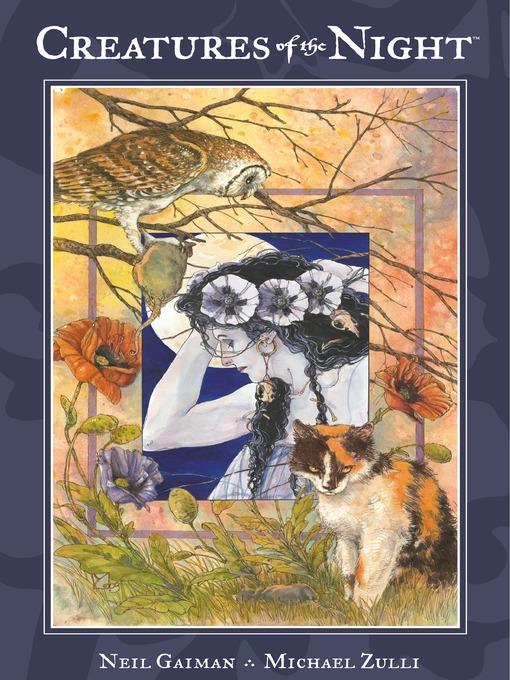
Creatures of the Night
کتاب های مرتبط
- اطلاعات
- نقد و بررسی
- دیدگاه کاربران
نقد و بررسی

December 5, 2016
Two of Gaiman’s short horror stories rendered in a classic literary mode get illustrated in stately fashion by Zulli. In “The Price,” a mysterious black cat takes up residence in a writer’s country home, and the writer’s attentions turn to solving the mysteries the cat poses. As a bystander to an outlandish but frightening event, the writer faces his own place in the universe as a plaything of the fantastic. In the second story, “The Daughter of Owls,” which has a period setting and feeling of a Grimm Brothers tale, a baby perceived by townspeople as evil is dealt with, but the real evil lurks within the folk who live there. The first story is as much a character study as anything else, while the second is an almost feminist revision of the cautionary ancient tales that have survived through generations and become sanitized. Zulli (Puma Blues) gives Gaiman’s words precise pacing and a strong gothic sense of foreboding, the defining characteristic of his ornate and evocative illustrations.

December 1, 2004
The brevity and recycled nature of current fantasy supernova Gaiman's new book at first suggests he's milking the old cow pretty hard. Its two stories are adaptations of prose-only versions in " Smoke and Mirrors" (1998), in which they weren't the most memorable entries. And only 48 pages? Fortunately, the artwork quashes all kvetching. Zulli mixes the precision of pen-and-ink and the lushness of full-spectrum watercolor to produce one glowingly lovely panel after another. The full- and two-page single images are big beauties suitable, as they say, for framing. Note, in particular, the two-page transition between the prologue (an interior scene) to the narrative proper (an exterior) in "The Daughter of Owls." It's ravishing, though not as intensely colored as many other panels, especially in "The Price," which gives the lie to those who sneer at the idea of a guard cat. Oh, there is one odd scene in "Daughter" in which the story vaults alarmingly from seventeenth-century England to . . . Solomonic Jerusalem, isn't it? Even that looks marvelous.(Reprinted with permission of Booklist, copyright 2004, American Library Association.)

























دیدگاه کاربران